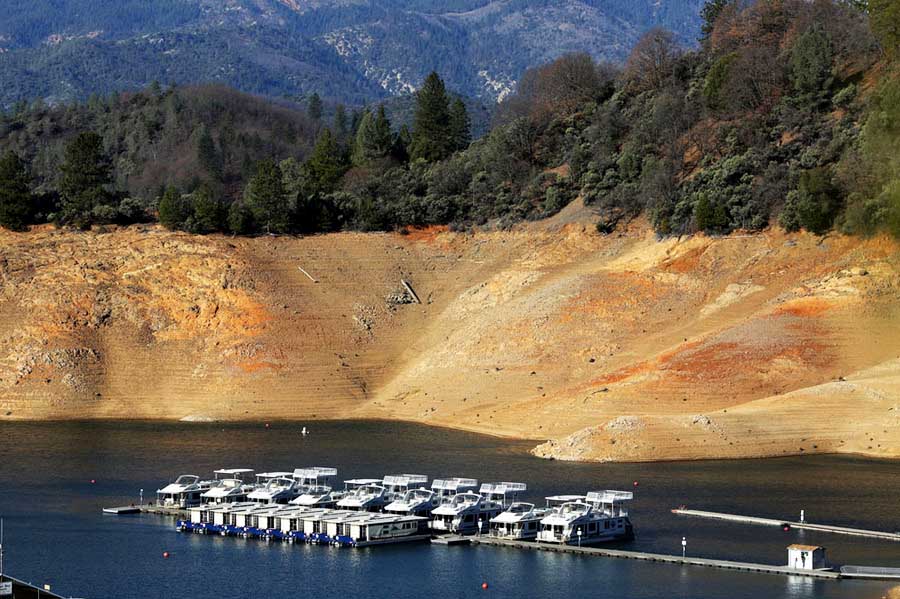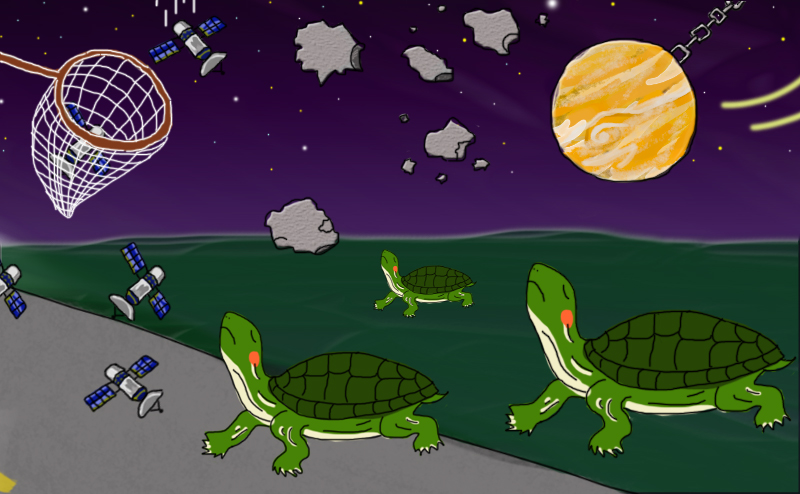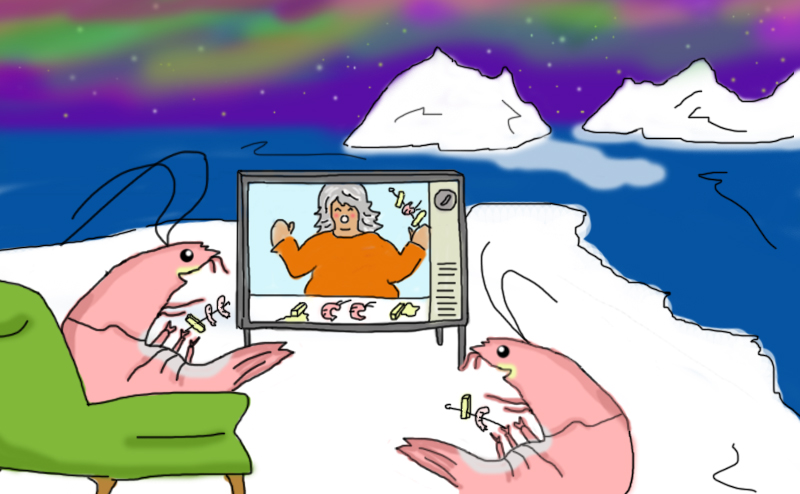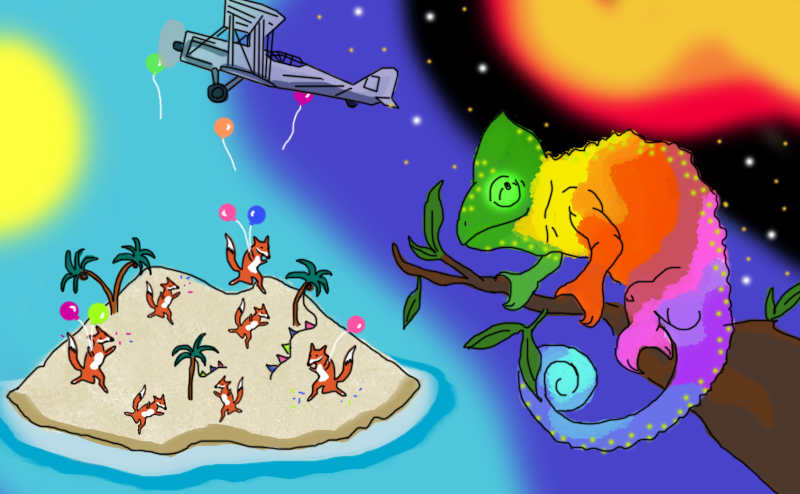Join the World Science Festival Mailing List
Water, Water, Nowhere: The Science Behind Some of the World’s Worst Droughts
California’s drought has entered its fourth year, and for the first time ever, the state’s governor has imposed mandatory water restrictions to cope. The effects of the drought are near legion: Sour water in the Bay Area; >moratoria on building new swimming pools; higher prices for fruit, vegetables, dairy and wine. So how did the Golden State get into this desiccated state? A drought doesn’t happen overnight; it usually follows an extended time of lower-than-average precipitation. California also has a big Achilles heel when it comes to water: the Sierra Nevada, the snow-collecting mountains that that supply much of the state’s water as it melts. But a lack of precipitation combined with an unusually warm 2013-2014 winter meant that the Sierra Nevada snowpack had very little in the way of liquid assets to draw on. So what caused the extended period of dryness? Satellite data from recent years shows that atmospheric water vapor that normally passed over California was instead shunted either far north or far south of the state—probably due to an area of high atmospheric pressure, called a “ridge,” that was parked off the U.S. West Coast for an extended period of time. Some scientists think that global warming may make these ridges more …
Read More














